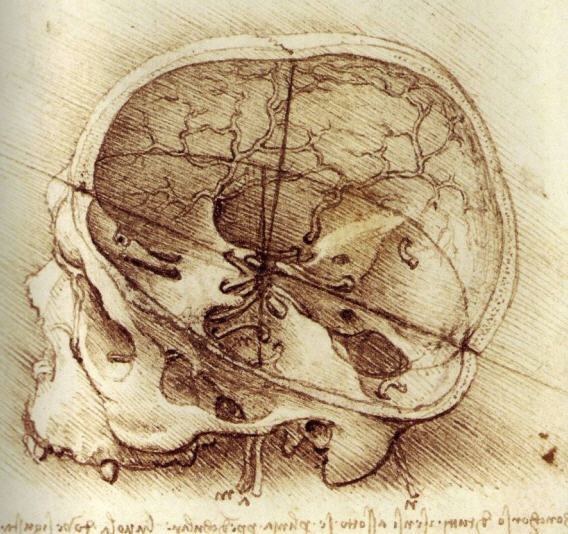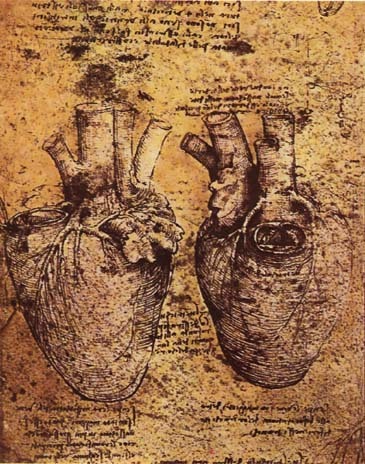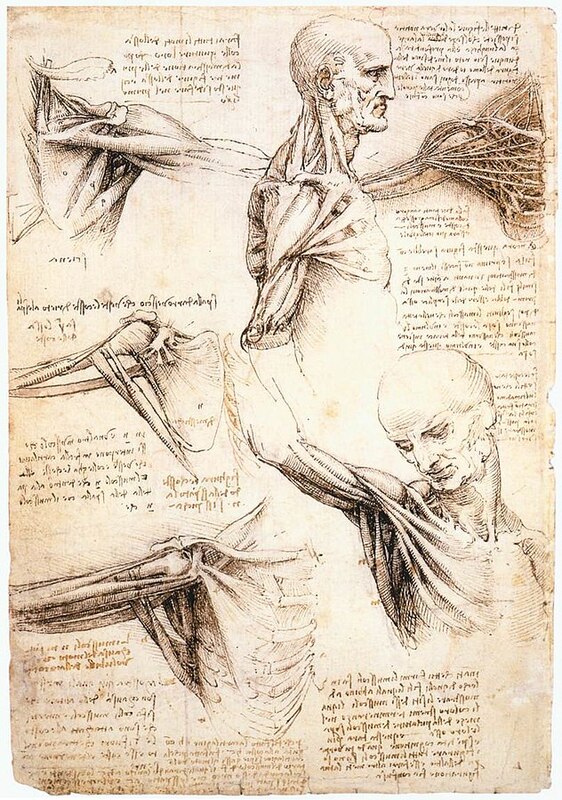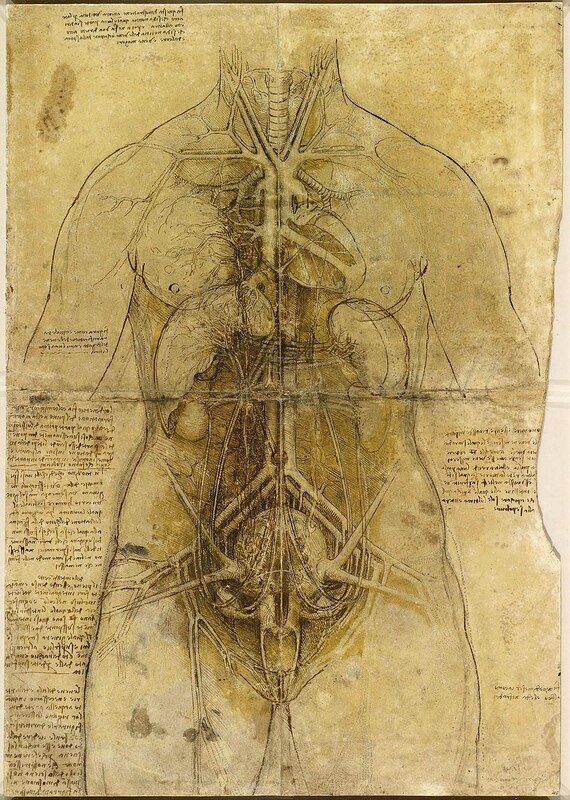Contributions to Anatomy
Leonardo Da Vinci was a famous artist and anatomist. An illegitimate child, he grew up in a small town near Florence, Italy and did not attend school with other children. He was not taught Greek or Latin but still showed exceptional talent and intellect in many subjects (Jose, 2001). Even with this limitation, Da Vinci successfully self taught himself how to draw and write. Furthermore, his true skill came from his passion to learn and create. His knowledge came from observation and experimentation with the goal of capturing life, movement, and age in his drawings (Jose, 2001).
Da Vinci studied all aspects of the human body. He aimed to show the journey of aging through his art, with illustrations depicting fetuses to adult men. It is rumoured that Leonardo Da Vinci participated in dissections. He has stated that he dissected thirty bodies in hospitals in Florence and Rome, as well as participated in the public dissections of Santa Croce, Florence (Jose, 2001|). Though the ethics of dissections is highly controversial, there is no denying that the dissections performed by Da Vinci contributed greatly to his revolutionary depictions of human anatomy.



